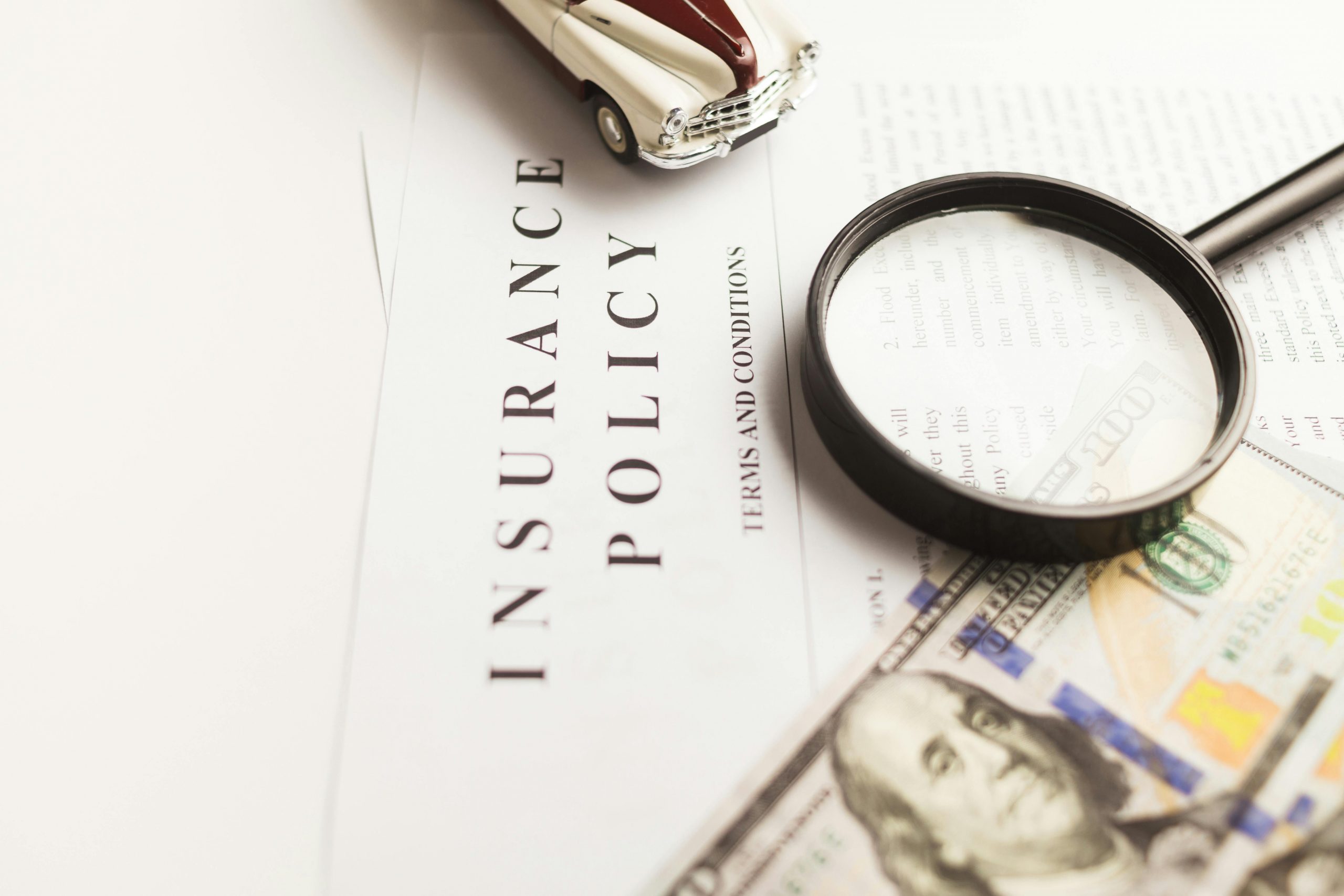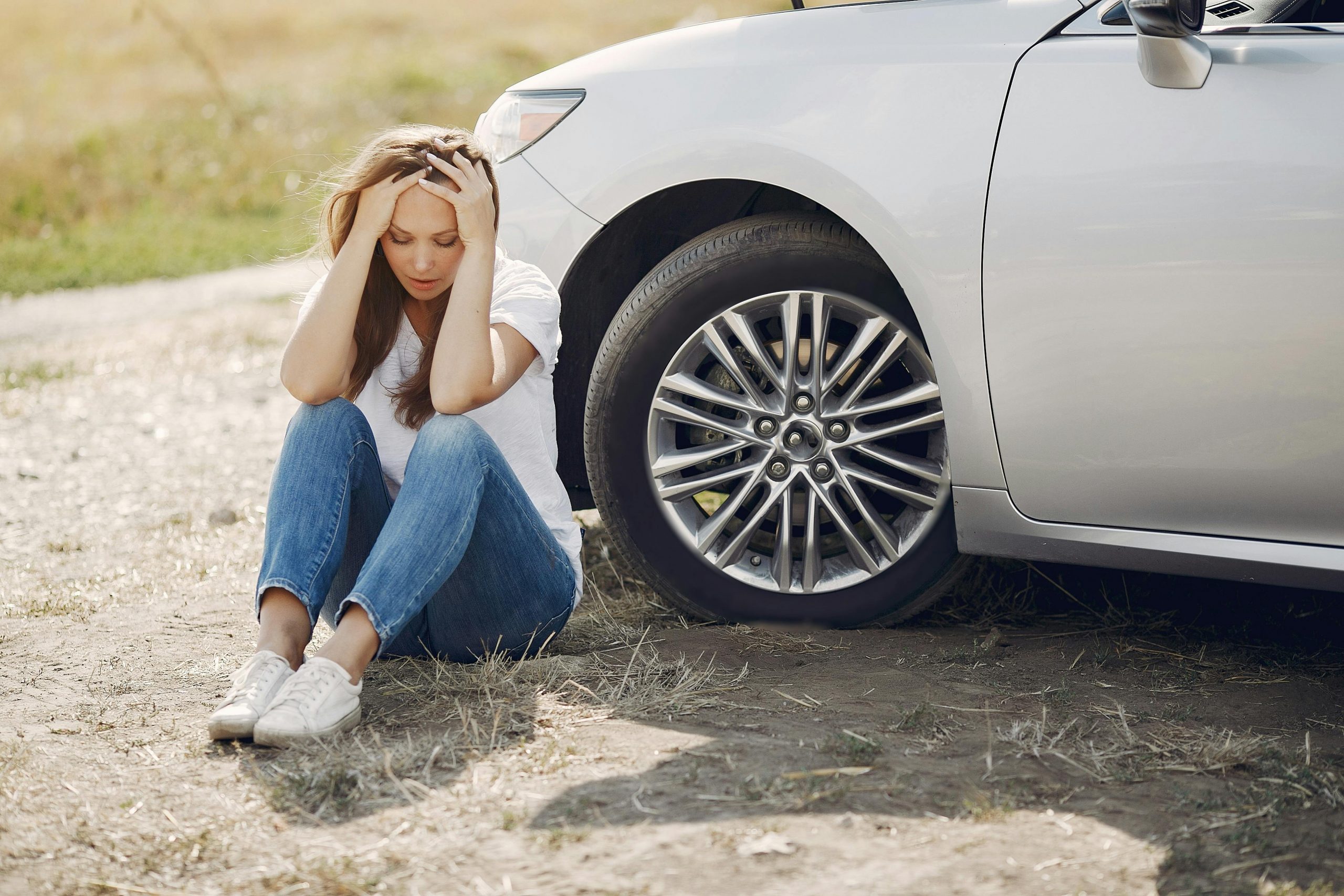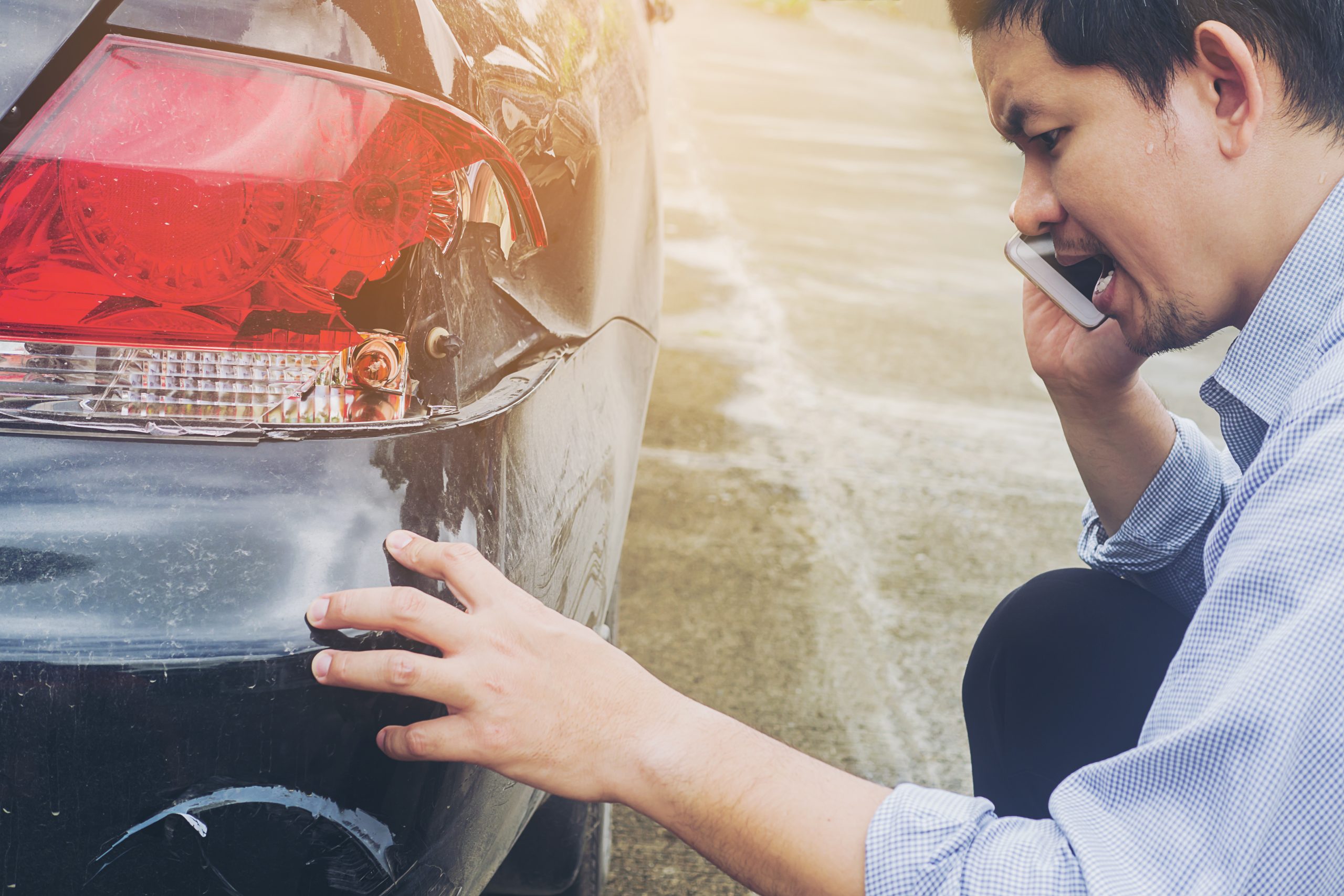
Hit-and-run accidents are some of the most frustrating and stressful situations a driver can face. Not only are you left to deal with damage or injuries, but you’re also without a responsible party to hold accountable. In these cases, your car insurance becomes your primary line of defense—but the big question remains:
Does insurance cover hit and run accidents?
This guide breaks down everything policyholders need to know: the types of coverage that may apply, what to do immediately after a hit and run, how to file a claim, and common pitfalls to avoid.
What Is a Hit and Run Accident?
A hit and run accident occurs when a driver involved in a crash flees the scene without providing contact or insurance information. These accidents can involve:
- Vehicle-to-vehicle collisions
- A parked car being hit
- Pedestrian injuries
- Property damage (e.g., fences or mailboxes)
In most cases, fleeing the scene is illegal and can carry criminal penalties. However, for the victim, the immediate concern is getting compensation for damages.
Does Insurance Cover Hit and Run Accidents?

Yes—but only if you have the right coverage. Not all auto insurance policies automatically include protection for hit and run accidents. Whether your insurer pays for vehicle repairs, medical bills, or other losses depends entirely on the specific coverages in your policy and your state’s insurance laws.
In a hit and run scenario, your policy must act as both your defense and financial safety net, since there’s no third-party driver to pursue for damages.
Here’s a breakdown of the main coverage types that may apply:
1. Uninsured Motorist Coverage (UM/UIM)
Uninsured Motorist (UM) or Underinsured Motorist (UIM) coverage is one of the most essential protections for hit and run victims. Since the at-fault driver flees the scene and remains unknown, they’re treated legally as an uninsured driver under most state laws.
What it typically covers:
- Bodily injuries to you and your passengers, including hospital bills, rehabilitation, and sometimes pain and suffering
- Lost wages if you’re unable to work due to injury
- Vehicle damage, depending on your state and whether you have Uninsured Motorist Property Damage (UMPD) coverage
State-specific variations:
- Some states require UM coverage, while others make it optional
- UMPD is not available in all states and may come with restrictions or deductibles
- In some areas, UM only applies to injuries, not vehicle repairs
Why it matters:
If you’re seriously injured in a hit and run and the driver isn’t found, uninsured motorist coverage may be the only way to get reimbursed for medical bills and related losses.
Important to know:
- You typically must file a police report within a specific time frame (such as 24 or 48 hours) to use UM in a hit and run claim
- In many states, UM only kicks in if there’s physical contact between your vehicle and the other car
2. Collision Coverage
Collision coverage pays for the repair or replacement of your vehicle after an accident, regardless of who was at fault. This includes situations where the at-fault driver cannot be identified, such as hit and run incidents.
What it covers:
- Damage to your vehicle caused by a hit and run driver
- Accidents involving stationary objects or single-car crashes (such as hitting a guardrail)
How it helps in a hit and run:
If the hit and run driver is never found, and you don’t have UMPD, collision is your backup option. Your insurer will pay for vehicle repairs, minus your deductible.
Potential downsides:
- You must pay your collision deductible, which could be $500, $1,000, or more
- Your premium may increase after the claim, especially if your insurer treats it as a not-at-fault accident that still resulted in a payout
Tip: Even if your vehicle is older or fully paid off, keeping collision coverage can be a smart move if you live in an area with high hit and run rates.
3. Personal Injury Protection (PIP) or Medical Payments (MedPay)
Both PIP and MedPay are designed to cover medical expenses, but they function differently and are available based on your state.
What they cover:
- Medical bills for you and your passengers, regardless of who caused the crash
- In some cases, ambulance fees, physical therapy, and funeral costs
Differences between the two:
- Personal Injury Protection (PIP) may also cover:
- Lost income due to injury
- Childcare expenses if you’re unable to care for dependents
- Household help, such as cleaning or meal prep
- Medical Payments (MedPay) is more limited:
- Strictly pays for medical expenses up to your policy limit
- Does not cover wage loss or additional services
How they help in a hit and run:
If you or your passengers are hurt, PIP or MedPay allows you to get immediate medical care without waiting for an investigation or lawsuit—even if the other driver is never found.
Important limits:
- Some policies may have low limits, such as $5,000 or less
- Pain and suffering is not covered under PIP or MedPay
4. Comprehensive Coverage
Comprehensive insurance is designed to protect against non-collision damage to your car—events typically outside your control.
Not typically helpful in a hit and run:
Comprehensive coverage pays for:
- Theft
- Vandalism
- Fire
- Flooding
- Natural disasters
- Falling objects (such as tree limbs)
Unless the hit and run somehow fits into these categories (such as intentional vandalism followed by the driver fleeing the scene), comprehensive coverage won’t apply to most hit and run accidents.
What Insurance Doesn’t Cover in Hit and Runs
Even with the right coverage types, some expenses may not be reimbursed under your auto insurance policy. It’s crucial to understand what gaps may exist so you can plan accordingly or supplement with other policies.
Here’s what’s usually not covered:
Damage when you lack key coverages:
If you don’t carry collision or UMPD, and the hit and run driver isn’t identified, you may have to pay for vehicle repairs out of pocket. Your insurance won’t cover damage unless it falls under a defined coverage type.
Pain and suffering under MedPay:
MedPay only reimburses actual medical costs—it doesn’t provide compensation for emotional distress, long-term disability, or loss of quality of life. To recover for these types of damages, you would need UM bodily injury coverage or pursue legal action against a known driver.
Rental cars without specific coverage:
If your car is in the shop after a hit and run, rental reimbursement coverage is needed to cover a rental vehicle. This is usually an optional add-on with a daily and total limit (e.g., $30 per day up to $900 total).
Stolen items inside your car:
Auto insurance generally does not cover personal belongings left inside your vehicle. Instead, you may be able to file a claim under your homeowners or renters insurance, subject to that policy’s deductible and limits.
Do All States Treat Hit and Run Claims the Same?
No. State laws vary widely.
Some states require insurers to cover hit and run damages under uninsured motorist coverage, while others do not.
For example:
| State | UM Coverage Required? | UMPD Included? |
| California | Yes | Optional |
| Florida | No | Not available |
| New York | Yes | Limited |
| Texas | Yes | Optional |
Always check your state’s minimum insurance requirements and speak to your insurer to understand what’s included in your policy.
What To Do After a Hit and Run Accident

Your actions immediately after a hit and run can significantly affect your claim. Follow these steps:
1. Stay Calm and Assess Safety
- Pull over safely if moving
- Check for injuries
- Call 911 if anyone is hurt
2. Call the Police
- A police report is crucial for most hit and run claims
- Even if the damage seems minor, you’ll need documentation
3. Document the Scene
If it’s safe, gather the following:
- Photos of your vehicle, nearby areas, and damages
- Witness statements and contact info
- Surveillance or dash cam footage (if available)
- The time and location of the accident
4. Notify Your Insurance Company
- Report the hit and run promptly
- Provide a copy of the police report if required
- Give all documentation you collected
How to File a Hit and Run Insurance Claim
Filing a claim for a hit and run follows a similar process to a regular car accident claim—but there are extra considerations.
Key Steps:
- Contact your insurer as soon as possible
- Submit the police report (usually required)
- Provide detailed evidence of the incident
- Review your coverage to see what applies
- Pay your deductible if using collision coverage
How to Protect Yourself with the Right Insurance
To ensure you’re covered if you’re ever the victim of a hit and run, review your policy and consider adding or adjusting:
- Uninsured/Underinsured Motorist Coverage (with property damage if available)
- Collision Coverage (even if your car is paid off)
- Medical Payments or PIP
- Rental Reimbursement Coverage
How Much Compensation Can You Expect?
This depends on several factors:
- The type of coverage you’re using
- Your policy limits
- Your deductible
- The extent of damage or injury
Typical payouts include:
- Vehicle repair costs
- Medical expenses
- Lost wages (if using PIP in applicable states)
- Rental car costs (if covered)
You’ll only receive compensation up to the limit in your policy.
Frequently Asked Questions
What if the police find the hit and run driver?
If the driver is found, you can file a third-party claim against their insurance or even pursue legal action for additional compensation.
Do I need uninsured motorist coverage if I have collision?
Yes—collision covers your car damage, but uninsured motorist coverage helps with medical bills and pain and suffering in many states.
Can I still file a claim if I didn’t see the hit and run happen?
Yes. As long as you file a police report and your policy includes applicable coverage, your insurer may approve the claim.
Common Mistakes to Avoid
Avoid these pitfalls when handling a hit and run:
- Not reporting to police – Many insurers require a report within 24-48 hours
- Delaying your claim – Prompt reporting helps with evidence and timelines
- Assuming you’re automatically covered – Always double-check your policy
- Failing to document everything – The more proof, the better your chances
- Letting your coverage lapse – Keep your policy up to date
Final Thoughts: Be Prepared Before It Happens
No one expects to be the victim of a hit and run, but being prepared makes all the difference. Understanding your coverage options, knowing what to do in the moment, and avoiding mistakes can help you recover faster and reduce out-of-pocket expenses.
Remember:
- Not all policies automatically cover hit and runs
- Uninsured motorist and collision coverage are key
- Always file a police report and gather as much documentation as possible
Review your auto insurance regularly, ask your insurer questions, and consider adjusting your coverage if needed. In an unpredictable world, the right protection can give you peace of mind—especially when the responsible party vanishes.
